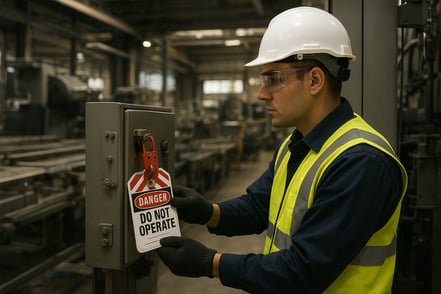This week we explore some of the key functionality that you would look for when canvassing vendors for XR training creation platforms.
Digital Experiential Training is a new way of thinking about digital learning, shifting away from mere presentation of facts (DET Explained, to learn more). However, in order to create realistic, multi sensory experiences which the learner connects with, the solution requires certain functionality.
Main Considerations
- Multi-modality learning content: Modalities in this context refer to either 360-degree image-based content or Computer-Generated Imagery-Based content (3D models). Look for tools that allow the use of both of these modalities.
- Synchronous/Asynchronous learning: Many VR simulations are 'single-player' only and thus miss out on the power of collaborative learning. Look for tools that allow content to be consumed collaboratively and solo.
- Multi-platform compatibility: Look for tools that allow content to be consumed on XR headsets, but also on a PC. This 'future proofs' any content created by ensuring it can be used with existing technology today, but does not have to be re-made for use with the latest XR technology of the future
The Facilitate Approach

Facilitate is market leading in that 360 imagery based content and CGI simulation content can be combined within one single experience.
Moreover, all content can be accessed via VR headset, PC application or browser link in both collaborative and solo formats. Create once, deploy in different ways.




Comments